Primary Acceptor of CO2
Carbon Dioxide Acceptor - The increase in carbon dioxide concentration in the environment may increase photosynthesis by up to a certain limit is 1% and higher concentration of carbon dioxide is inhibitory for photosynthetic reaction. At the point where the concentration of carbon dioxide and that is used in photosynthesis and released during respiration becomes equal is called carbon dioxide compensation point.
Dark reaction is the process for assimilation of carbon dioxide from the atmosphere to organic carbon of the plant body in the form of organic compounds take place. This reaction was first denoted by black man in 1905 and thus it is called black man reaction. Later in 1949 Calvin, Bassham andBenson denoted the cyclic nature of the pathway and thus it is called Calvin cycle.
There are four major processes of carbon fixation in green plants like C3 cycle, C4 cycle, C2 cycle and CAM cycle.
Mechanism of
C3 Cycle – In this type of cycle 6 molecules of carbon dioxide are fixed by 6
molecules of RuDP means ribulose di phosphate. This makes 36 carbon atom among
which 6 carbon atoms for the hexose and the rest 30 carbon atom re generate the
six molecules of five carbon compound called ribulose di phosphate.
Carboxylation of RuDP - The addition of carbon dioxide to the 6 molecule of nebulous 15 by phosphate combines with six molecules of carbon dioxide. This reaction is catalysed by RuDP- carboxylase or rubisco which formed and intermediate 6 carbon keto acid later, It break down into 12 molecules of three carbon phosphoglyceric acid. In this way 6 molecules of carbon dioxide is fixed and 18 molecules of ATP and 12 molecules of NADPH2 are required. Thus one carbon dioxide fixation needs three molecules of ATP and two molecules of NADPH2.
Chemical Reactions -
6RuDP + 6CO2 → 6C6 - → 12 Phosphoglyceric acid.
C4 pathway in this type of pathway are observed in many plant of family gramineae for Maize sugarcane panicumare included.It was denoted by Hatch and Slack in 1970 these plants contain kranz anatomy switches have well developed bundle of sheet and two types of chloroplasts the entire reaction takes place in the mesophyll and bundle sheath and the product that initiated the reaction is called phosphoenolpyruvate acid and enzyme phosphoenolpyruvate carboxylase. The first product of four carbon oxaloacetic acid producers in this pathway the carboxylation of phosphoenolpyruvate acid by using phosphoenolpyruvate carboxylase and causes formation of oxaloacetic acid is take place in mesophyll cells later oxaloacetic acid in the mesophyll may converted into malic acid and this maleic acid comes to the bundle sheath and undergoes decarboxylation to form pyruvic acid and carbon dioxide with the help of decarboxylase enzyme again carbon dioxide is absorbed by ribulose 1, 5 bis phosphate and the Calvin cycle is initiated.
C4 plants are more efficient than C3 plants because they are photosynthetically more productive in this process.Relatively low concentration of carbon dioxide areoccured and re generate carbon dioxide at a latest age to initiate the C3 process.
Chemical Reactions-
PEPA + H2O + CO2- → OAA
C2 Plants - In this type of process the first formed compound is the two carbon compound or the phosphoglyceric acid and thus it is called C2 cycle. This process is observed in mitochondria, chloroplast, peroxisome. At high concentration of oxygen the driverless diphosphate carboxylase in the chloroplast is behaves as rivalus diphosphate oxygen is and synthesized phosphor glycolic acid switch losers the first fit group and form glycolic acid.
From Primary Acceptor of CO2 to HOME PAGE
Recent Articles
-
What Is Plasma? | Blood Plasma | Proteins | Nutrients | Cholesterol
Nov 07, 25 10:29 AM
Blood is a mobile fluid which is a connective tissue and is derived from the mesoderm like cell any other connective tissue. Colour of blood is reddish and that flows inside the blood vessels by means… -
Disorders of Respiratory System | Tuberculosis | Pleurisy | Emphysema
Oct 28, 25 11:39 PM
Tuberculosis is very common disease and is caused by a type of bacteria called Mycobacterium tuberculosis. This disease causes different trouble in the respiration and infection of several parts of th… -
Regulation of Respiration | Respiratory Centres | Inspiratory Area |
Oct 14, 25 12:13 AM
Respiratory Centre is the area that controls the rate of respiration and it is observed to be located in medulla oblongata and pons. Respiratory Centre has the following will dispersed components like… -
Explain Transport of Gases | External Respiration | Tissue Respiration
Oct 09, 25 11:35 PM
In humans gaseous exchange is completed in the following ways the steps are - External Respiration or Breathing - Breathing in false taking in of Oxygen and giving out of carbon dioxide in the body. M… -
Kind and Number of Teeth | Location of Teeth in Mouth | Care of Teeth
Sep 11, 25 12:52 AM
Kind and Number of Teeth
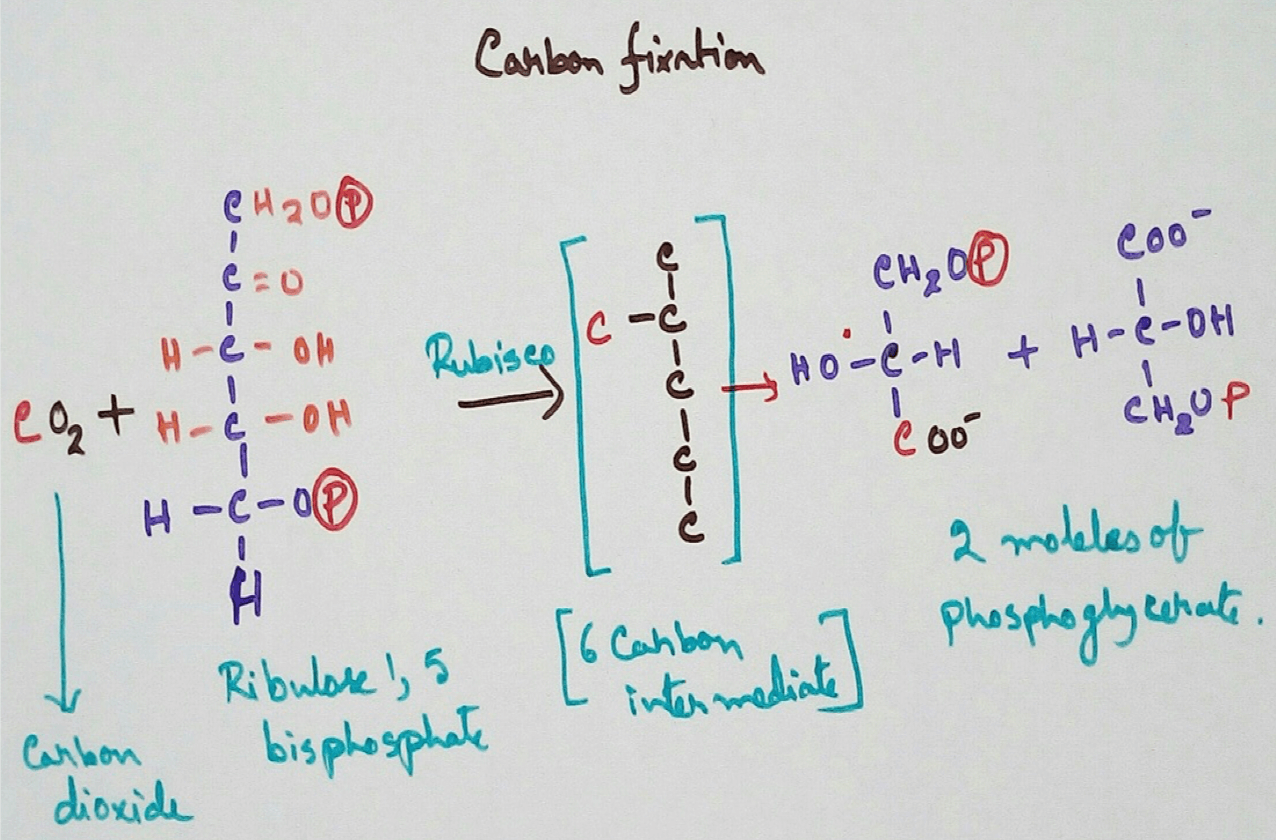
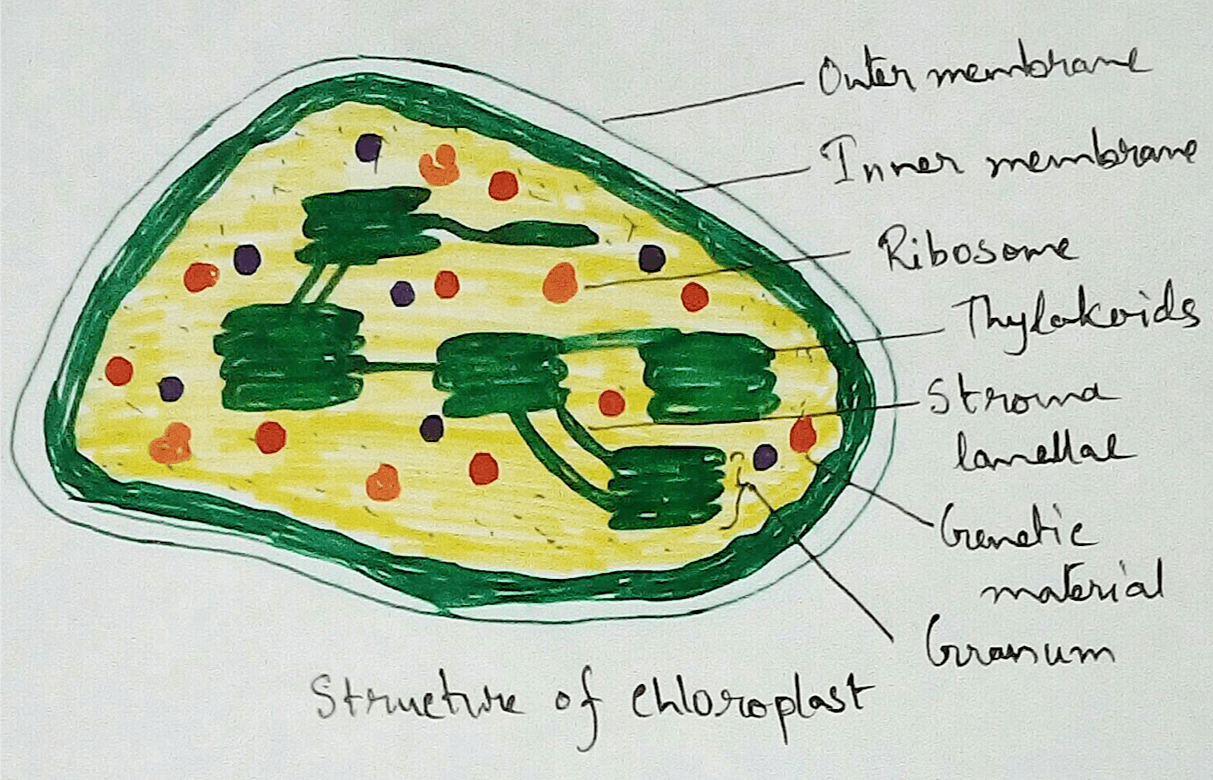
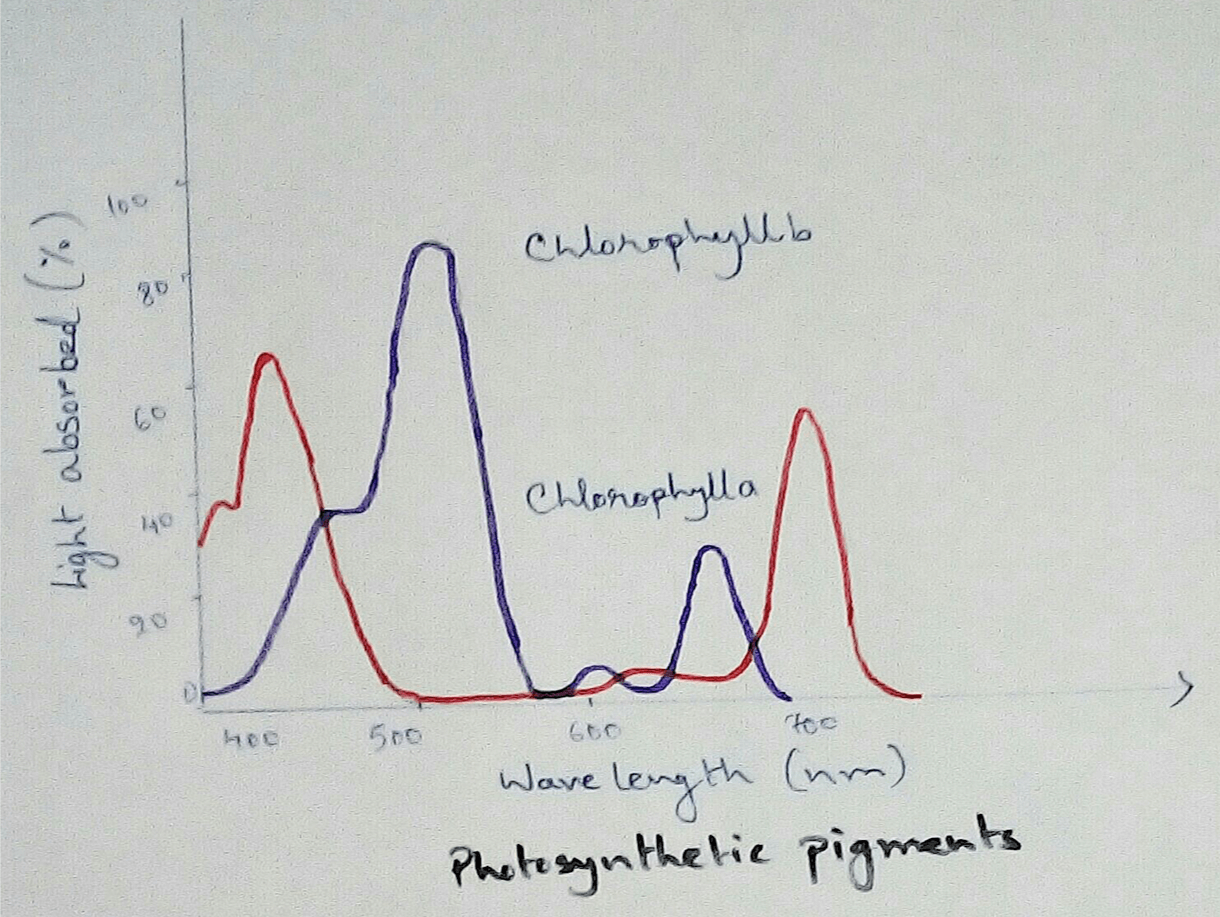
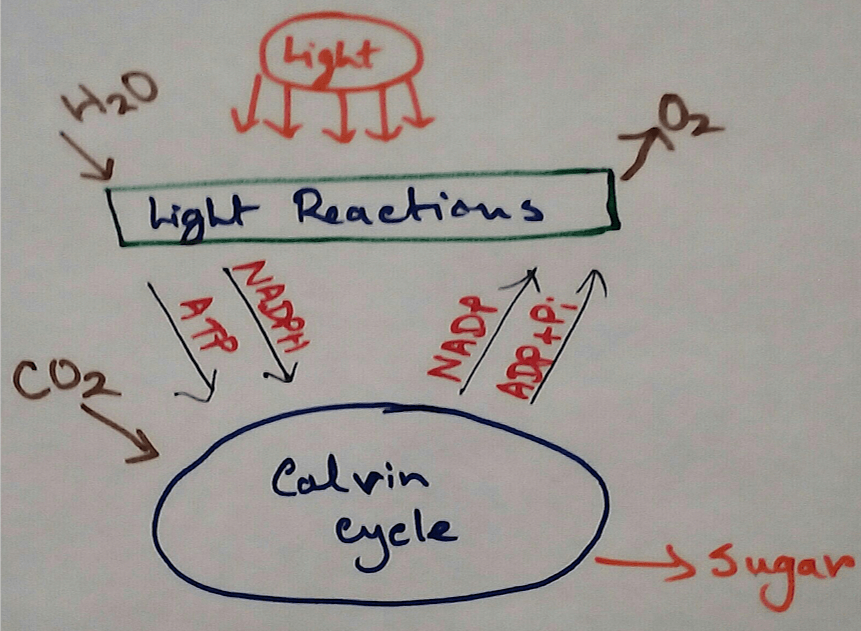
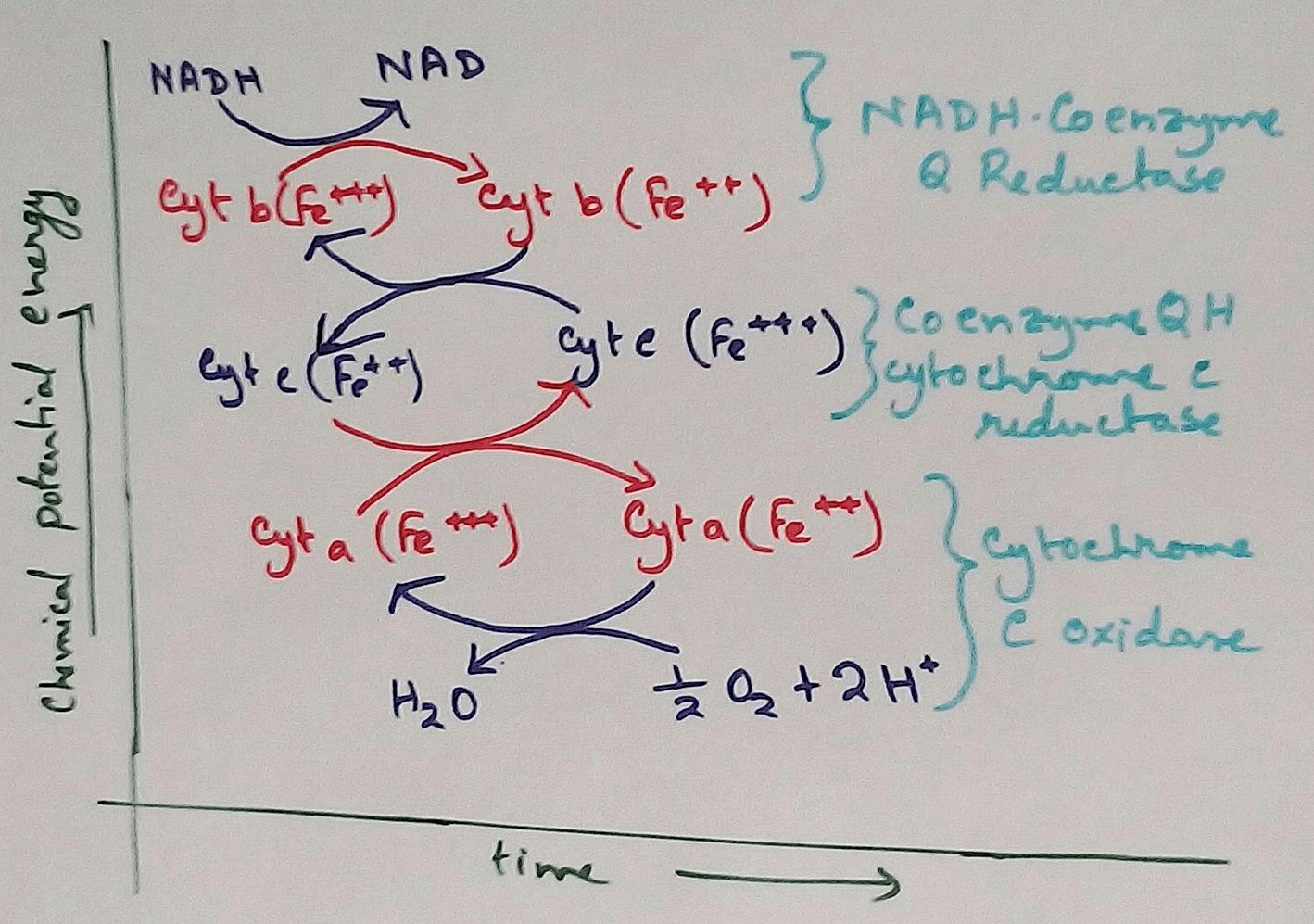
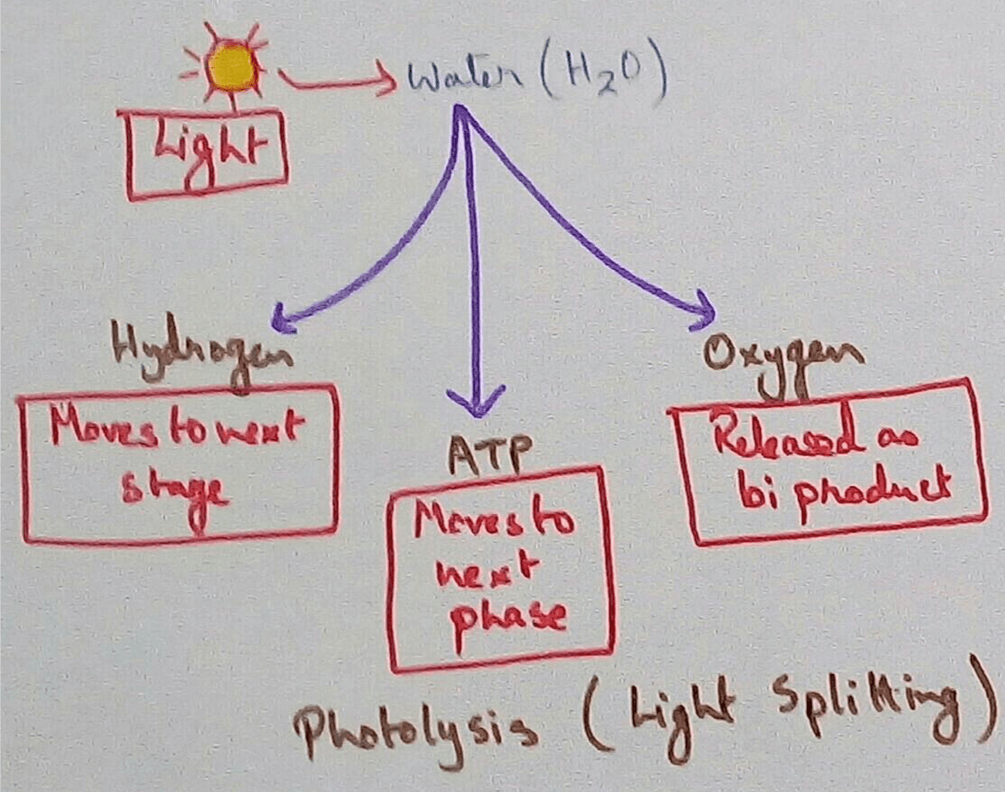
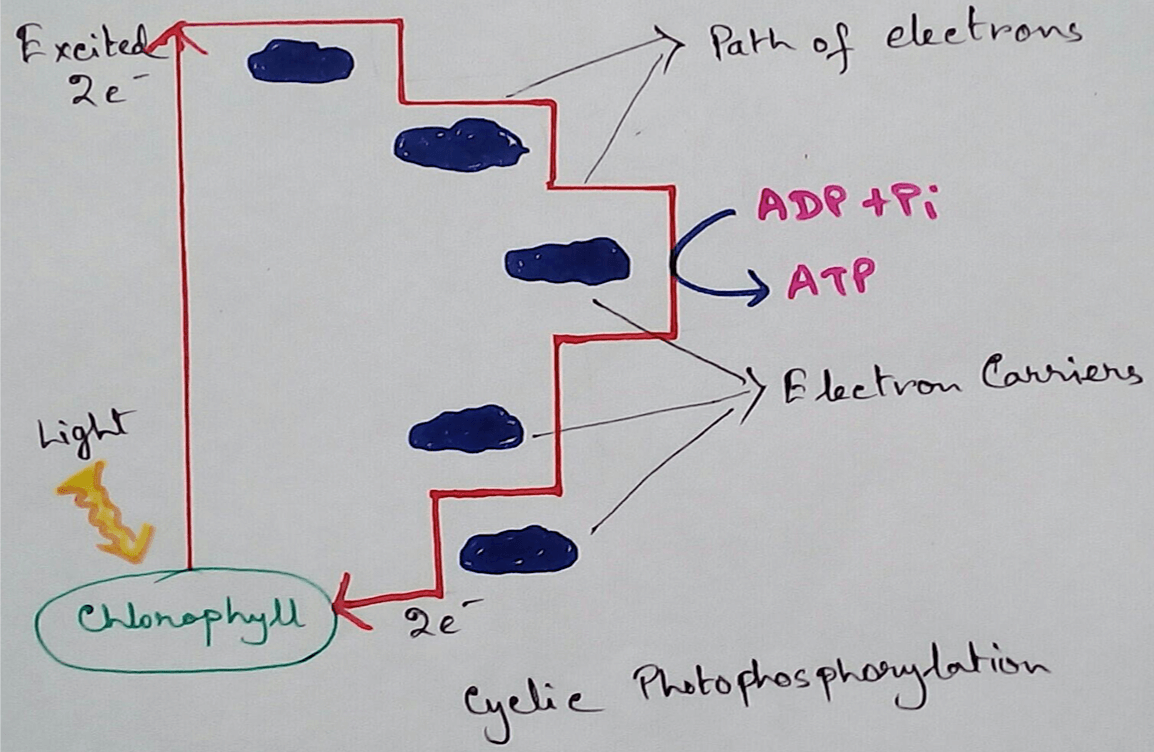
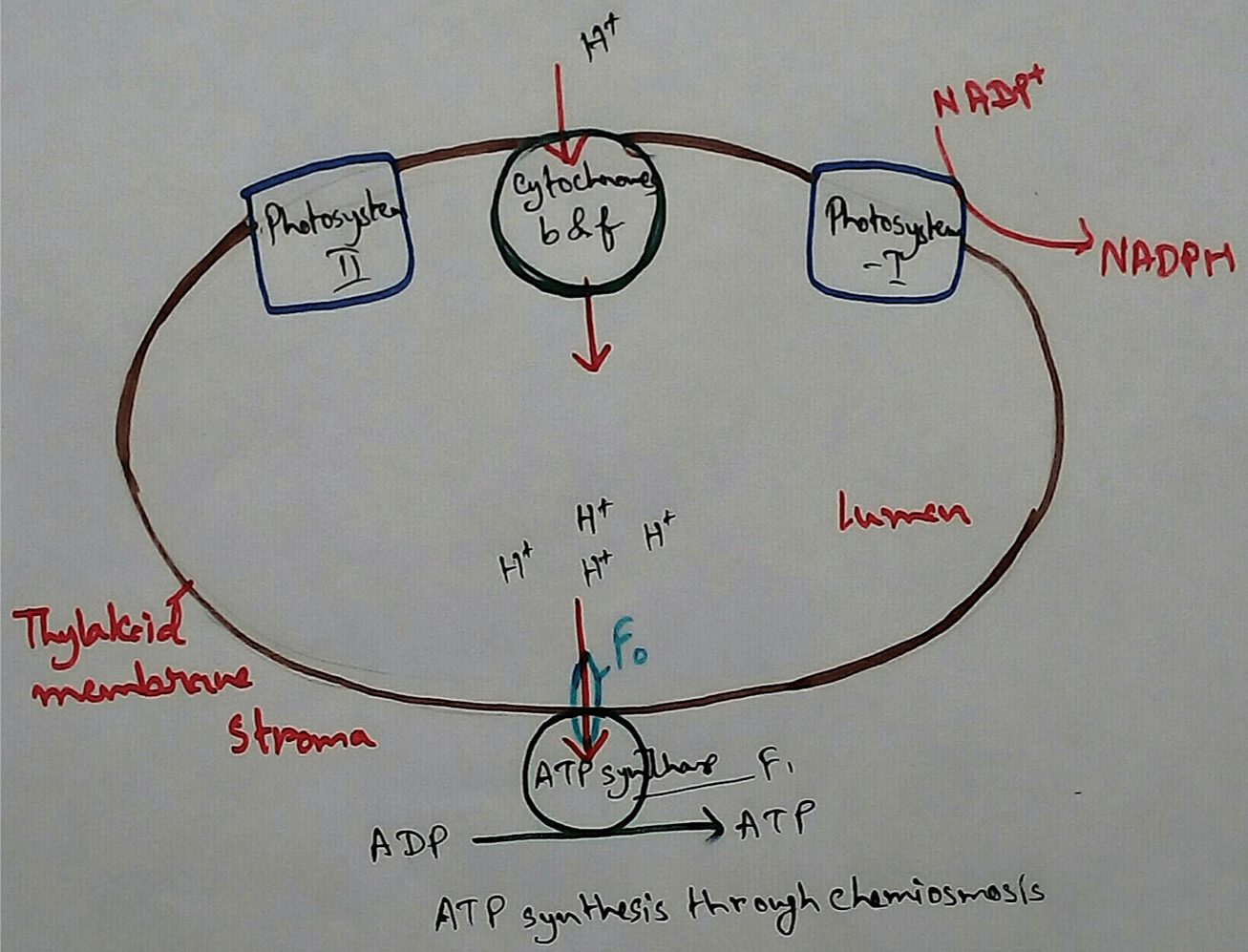
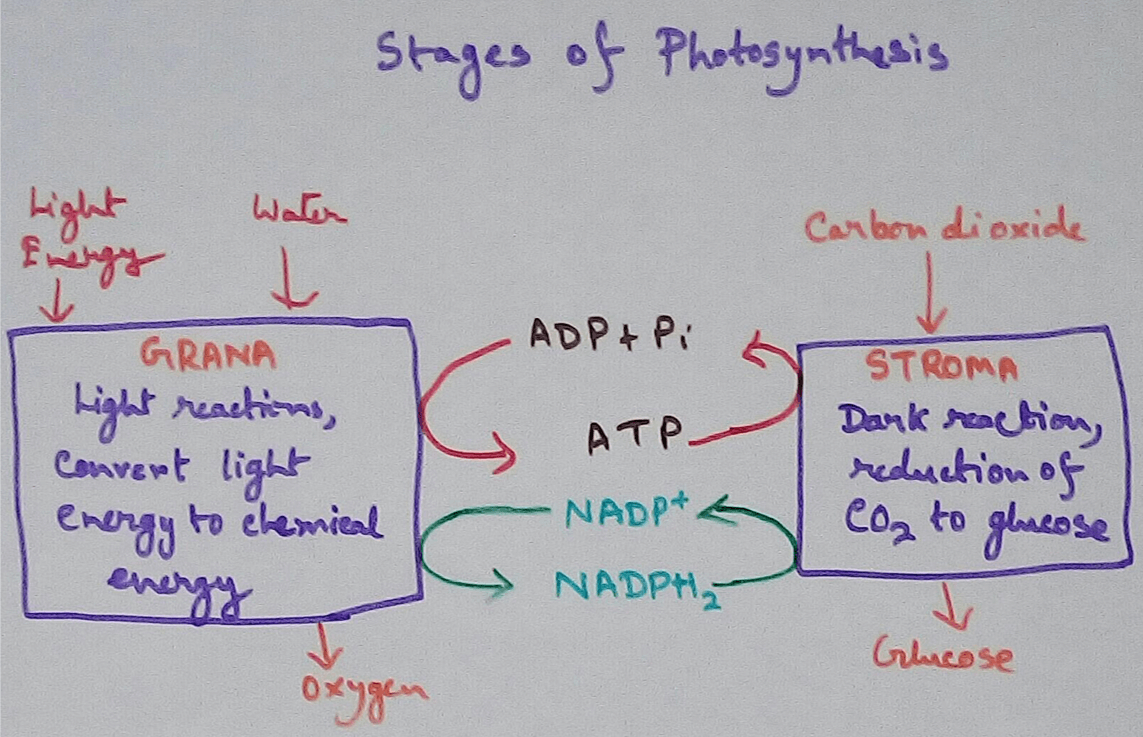
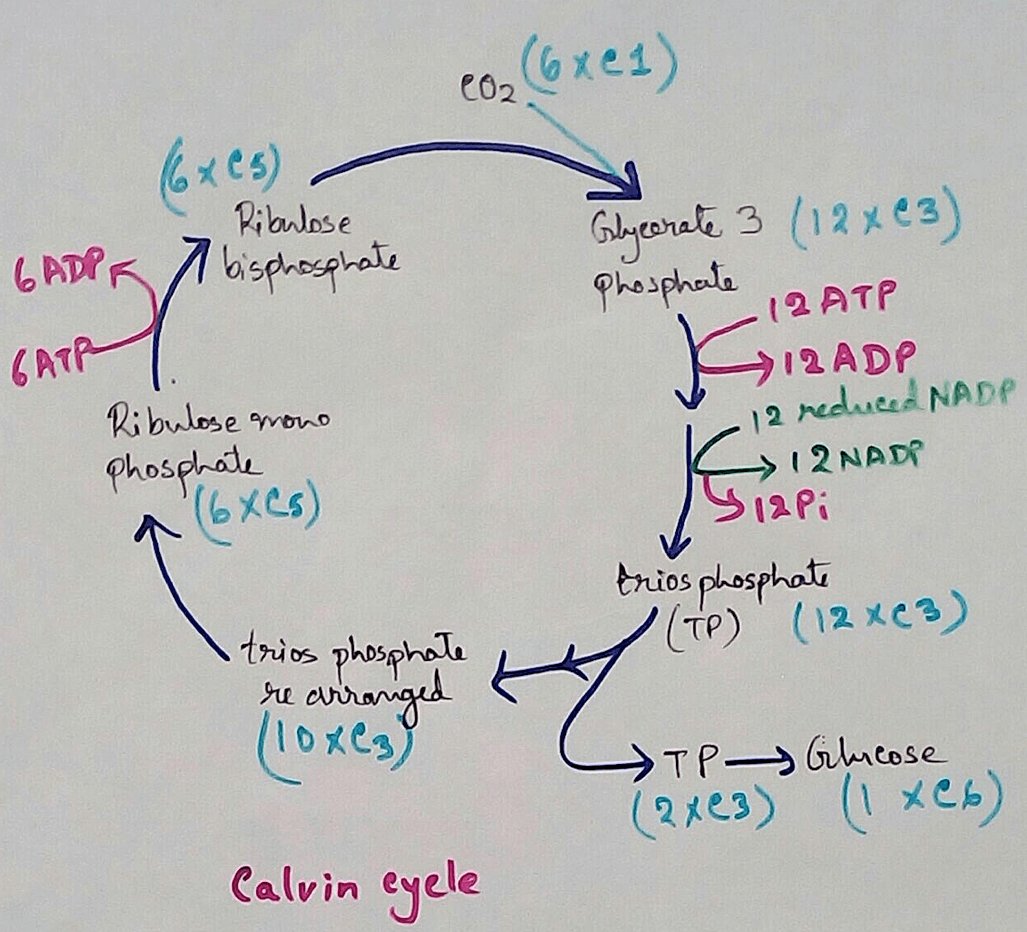
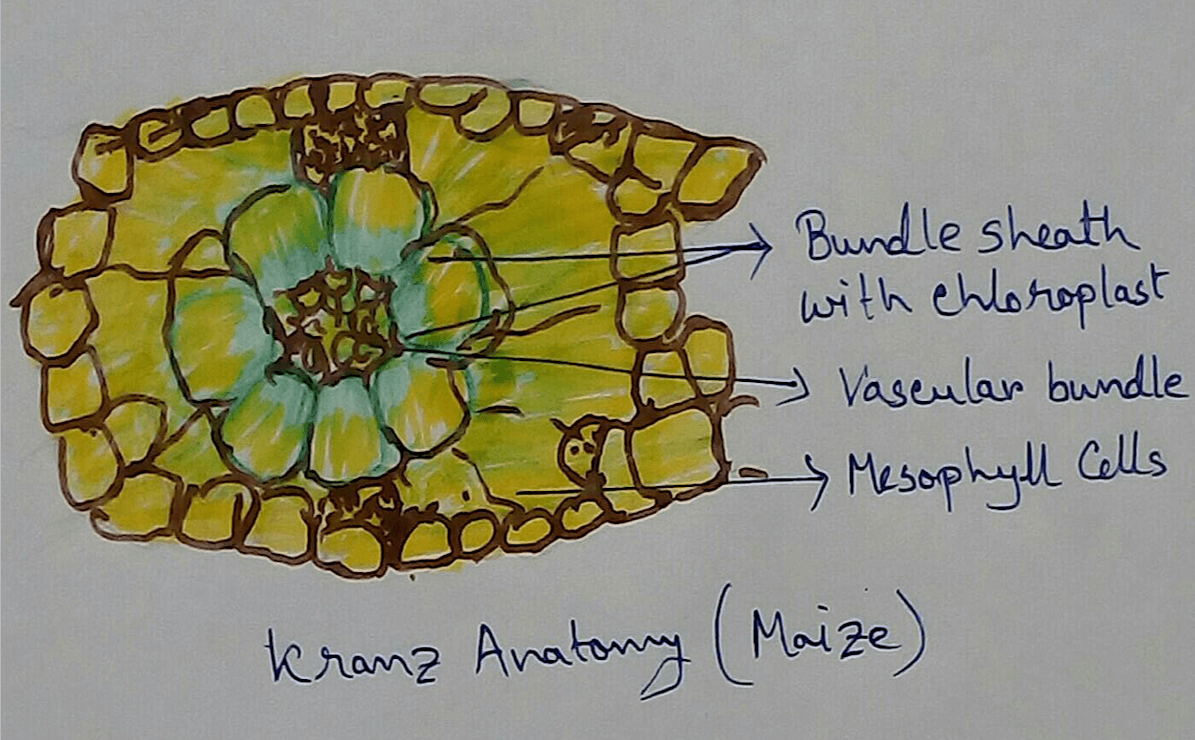





New! Comments
Have your say about what you just read! Leave me a comment in the box below.